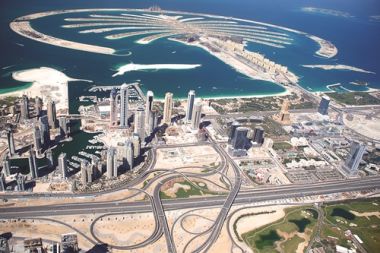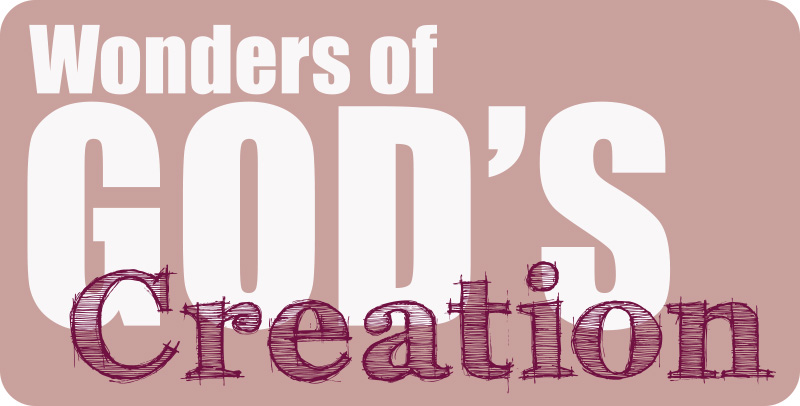
The View From the Top
The amazing panorama seen from the observation deck of the world’s tallest building gave me a perspective on a much bigger picture.
As our boat pulled into the Persian Gulf west of the Strait of Hormuz, blistering winds blew off the Arabian Peninsula. My friend Benjamin, who lives in Dubai, was showing me around the emirate.
We took a ferry from Dubai Creek, with its motley collection of ancient dhows and tramp freighters, past huge artificial islands shaped like the world and the palm, finally disembarking at the ultramodern marina. Passing from ancient buildings and clunky watercraft to pristine skyscrapers felt like time travel.
The highest vantage point
Past the southern limits of this wealthy city lies only the desert leading to Oman and Saudi Arabia. Nowhere is this more apparent than from the At the Top observation deck of the Burj Khalifa, at 829.8 meters (2,722 feet), the tallest structure in the world. On a clear day one can see the coast of Iran to the north. And from that vantage point, the line between city and desert is sharp.
The view from above Dubai.
This change in viewpoint makes obvious things that are invisible from below. The World Islands, indistinguishable blobs when viewed from sea level, are impressive in their scale from higher up. Rooftop pools, gigantic fountains, highways and waterways running through the city are revealed in all their complexity.
Beware WYSIATI
From this unique perspective, I thought about how it must illustrate our blindness to many elements in our everyday lives. Our view is limited by our lowly vantage point.
Nobel Prize laureate Daniel Kahneman, in his book Thinking, Fast and Slow, explains a phenomenon he calls WYSIATI, an acronym for “what you see is all there is.” This innate bias in our cognition leads us to assume that what we see of a given situation is all there is; there is nothing else to be considered or analyzed.
Theoretically we know this is not true, yet every day we reach conclusions as if it were.
Watching from on high
God, however, does see everything. He sees from above, both physically and spiritually, very real elements we simply cannot distinguish. “As you do not know what is the way of the wind, or how the bones grow in the womb of her who is with child, so you do not know the works of God who makes everything” (Ecclesiastes 11:5).
God watches from on high, in part to see how much we try to think outside the human box, to concentrate on things we can only imagine. “God looks down from heaven upon the children of men, to see if there are any who understand, who seek God” (Psalm 53:2).
This is a constant challenge for us, but it is obviously important to our Creator. In our minds we seek to slip the surly bonds of earth; to have glimpses of what He sees.
And so “we do not look at the things which are seen, but at the things which are not seen. For the things which are seen are temporary, but the things which are not seen are eternal” (2 Corinthians 4:18). One day, God promises we, too, will experience His view from the top: “We shall be like Him, for we shall see Him as He is” (1 John 3:2).
–Joel Meeker
@JoelMeeker



